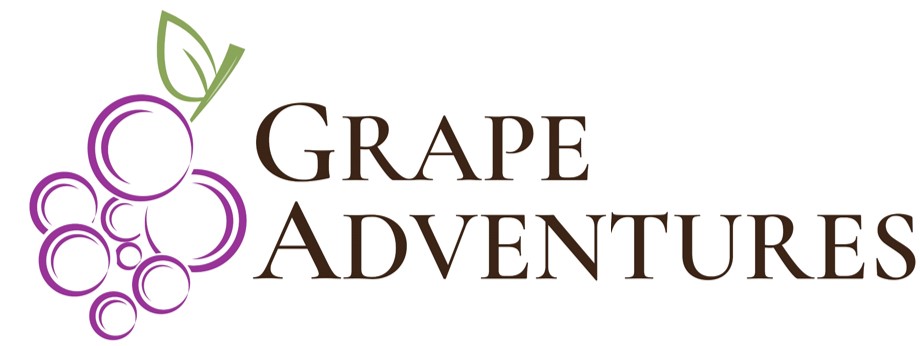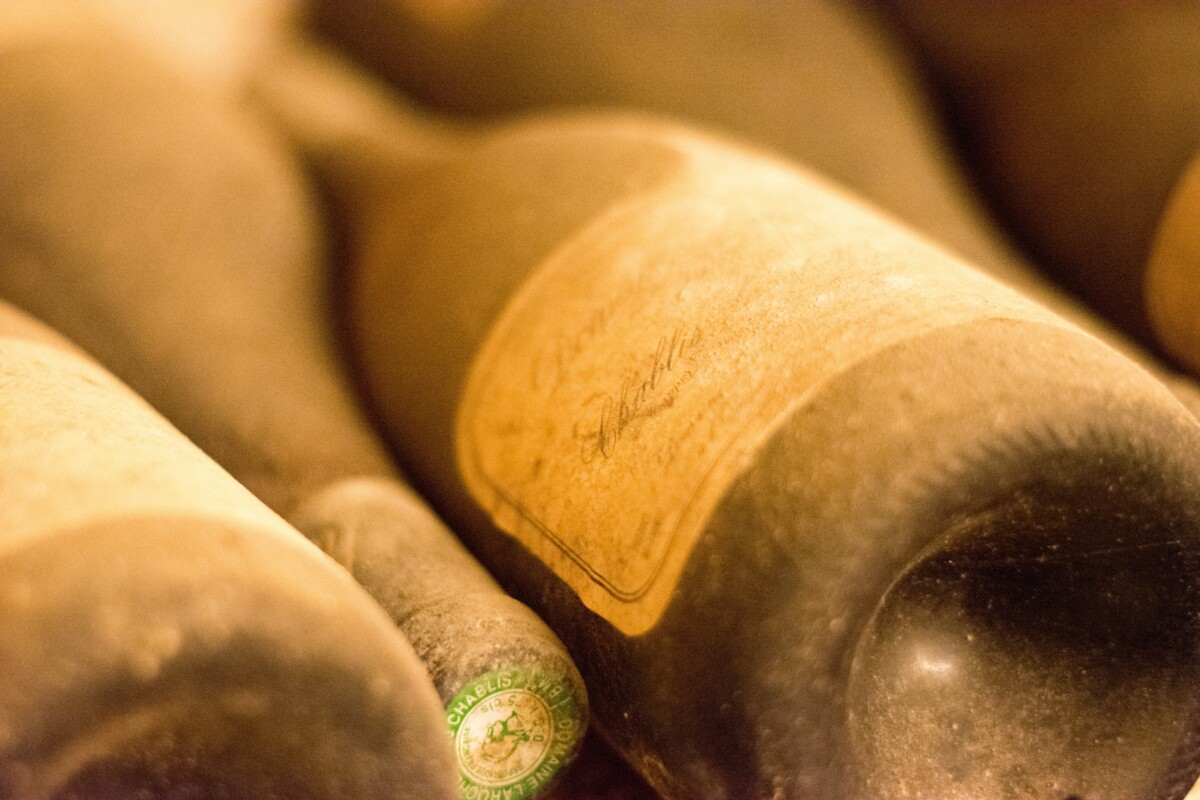
We all romanticize about that dusty aged bottle of wine stored deep in our wine cellar, however not all wine ages well. In fact, most wines today are best enjoyed immediately with a shelf life of only 2 to 5 years. Wine can actually start to deteriorate if held too long and lose many of the qualities that made it so enjoyable.
A wine made to be opened immediately, as 95% of wines are today, will lose its fruit character and brightness if it’s cellared it too long. Wines made to age, such as heavy reds, can be unpleasant to drink young because of relatively high levels of acid and tannin.
Wines age or “cellar” at different rates depending on variety, how it’s stored, quality, tannin levels, chemistry, and protection from light.
Why Should you Age Wine?
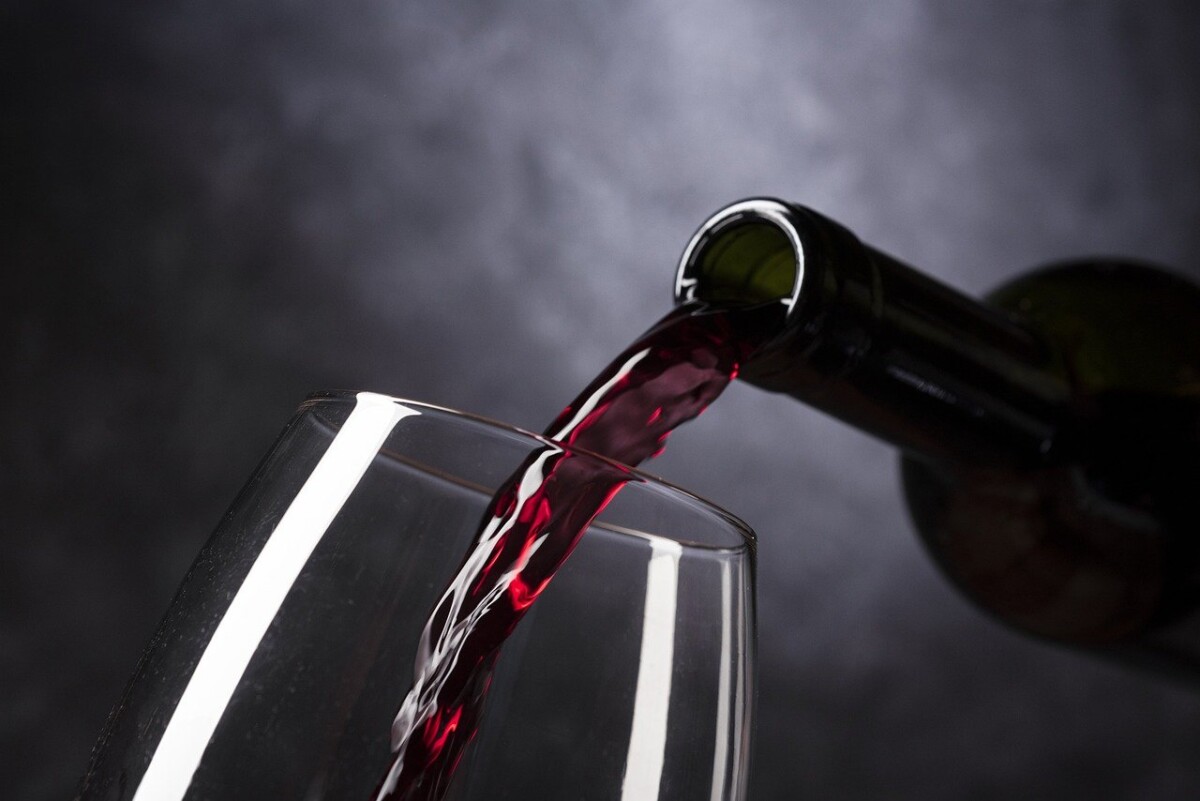


Aging allows many wines time to become smoother and mellower and to develop full flavor that enhances the experience. Aging can also add to the complexity of the wine and allow new flavors to evolve.
Not all wines varietals age at the same pace and varying conditions at production or storing can greatly influence the aging process.
A red wine from a quality vineyard will have the requisite composition of full-bodied, flavor, high tannins, and acidity to allow it to mature gracefully with age. These wines not only cellar the best but benefit from aging in order to soften and fully develop their flavor and character.
Over time the tartness of the acidity in all wine decreases, and if the wine begins with low acidity, the wine will eventually result in flat and dull tastes. Higher acidity ensures the wine will have “longer runway”.
With age, the tannins astringency “softens” and taste less harsh and flavors previously hidden by bold primary notes, come to the fore, like vanilla, honey, earth and herbal notes adding to complexity.
What Happens to Wine During Aging?



Wine is dynamic and ever changing. Acids, alcohols and a plethora of other compounds dissolve, only to combine again into more complex combinations creating complexities and flavors. It is like a living creature and every time you open a bottle, the wine is at another stage of its evolution with new and distinct nuances.
Remember, even the richest wines have an age limit and will lose it flavor and aroma.
Characteristics of Well-Aging Wine
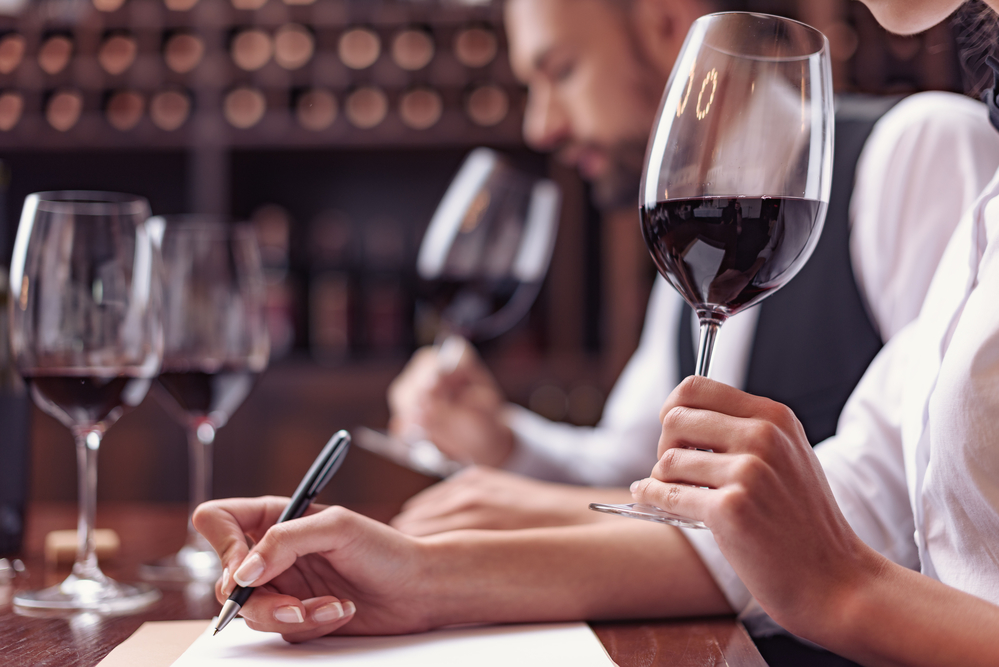


The following wines share similar attributes that help them age over time. Refer to the wine label or winery website to gain aging advice on the wine:
Red Wines Age Better than White Wine
Generally, lighter wines with bright flavors are most suited to being enjoyed young, usually within one to two years.
Wines with Higher Acidity
The acidity will soften over time so choosing a wine that can afford to settle down without losing its structure is key.
Higher in Tannins
Tannins, the aspect that gives a wine its astringency and texture, will also mellow, so you want a wine robust enough that won’t lose its character.
Quality Vineyard and Winery
Fine wines from a renowned vintner using high-quality grapes can be expected to hold its character longer than inexpensive and lower quality wines.
Alcohol Content
Wines with a higher % of alcohol typically can be stored longer.
Price
If the wine is inexpensive, the winemaker typically intended the wine to be drunk soon after purchasing.
Preservatives
Different winemakers include varying amounts of preservatives such as sulfites which affect the aging of wine.
Properly Stored
It is important to note that how wine is stored can significantly influence the results of aging wine.
How Long Can Different Wine Varietals be Stored?
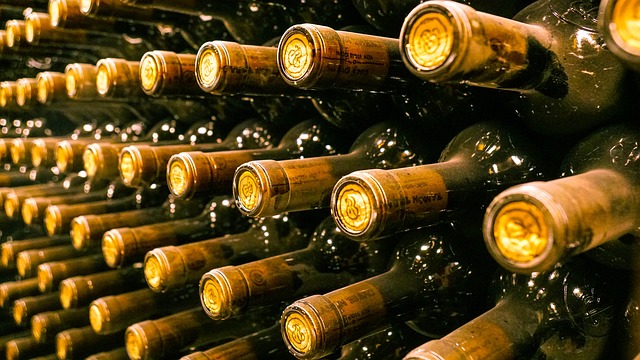


Here are some very general aging guidelines on how long to age different varietals. Remember that wines within the same varietal can vary greatly due to numerous fluctuating conditions in grapes and winemaking.
0 to 3 months:
Sparkling wines, inexpensive wines, and light delicate fruity whites in clear bottles such as Pinot Gris or Chenin Blanc
0 to 2 years:
Highly aromatic whites such as Riesling, Muscat, Malvasia, Bordeaux-Blends, and Sauvignon Blanc
1 to 3 years:
Age-worthy whites such as Chardonnay, Viognier, Artinto, Roussanne, or Semillon
1 to 4 years:
Lighter reds including most, Pinot Noir, Gamay, Primitivo, Grenache, Sangiovese, Tempranillo
2 to 5 years:
Medium-bodied reds such as Zinfandel, Barbera, Merlot, Montepulciano
2 to 7 years:
Medium/heavy reds including Syrah, Cabernet Franc, Malbec, Priorat
2 to 10 years:
Heavier reds such as Cabernet Sauvignon, Petite Sirah, Syrah, Malbec, Mourvedre, Red Ports
6 Tips for Storing Wine
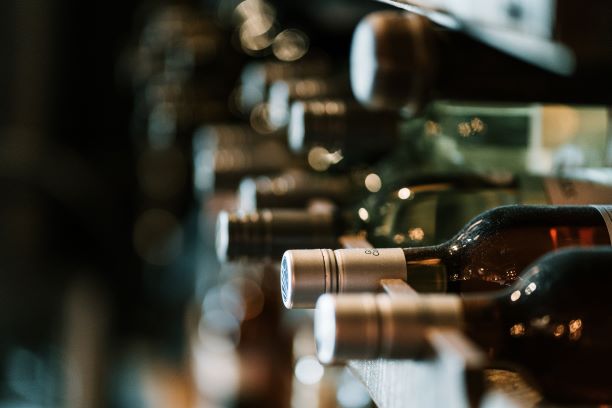


- Keep the bottles away from light or sunlight
- Keep the temperature of the wine consistent
- Keep the wine cool but not cold
- Watch the humidity. 70 to 90% relative
- Store bottles on their side
- Store bottles in an area where there’s little vibration
